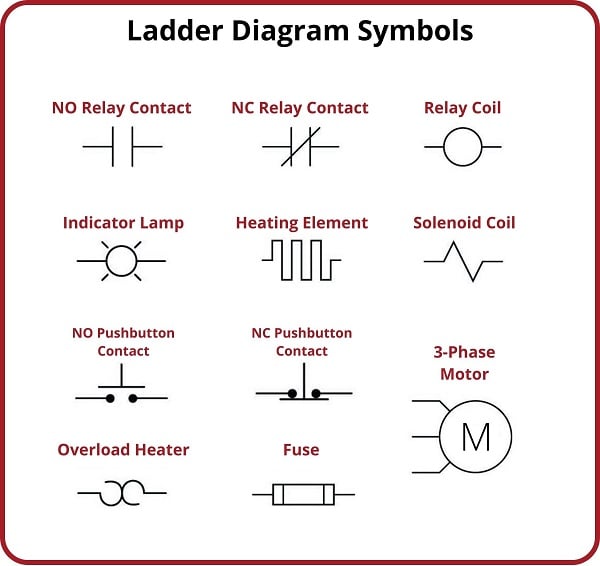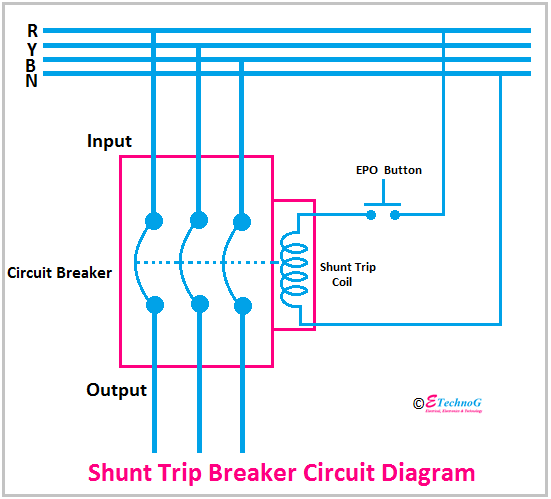Decoding the Coil: Inductors in Circuit Diagrams
Ever peered at a circuit diagram and wondered about those loopy, spiral symbols? They're not just decorative squiggles; they represent inductors, fundamental components in electronic circuits. Understanding the inductor symbol, its variations, and its significance is crucial for anyone working with electronics, from hobbyists to seasoned engineers.
Inductors, also known as coils, are passive components that store energy in a magnetic field when electric current flows through them. This stored energy allows inductors to oppose changes in current, making them essential for filtering, tuning, and energy storage applications. The inductor's symbol in a circuit diagram is a visual shorthand, representing this complex electromagnetic behavior.
The basic inductor symbol is a series of loops, reminiscent of a coiled wire. This visual representation directly relates to the physical construction of many inductors, which often involve winding wire around a core. However, the symbol's simplicity belies the intricate electromagnetic interactions occurring within the component.
Historically, the coil symbol reflects the early experiments with electromagnetism, where researchers discovered the magnetic properties of coiled wires. The graphical representation evolved alongside our understanding of inductance, becoming a standardized element in circuit design. This standardization ensures clear communication among engineers and technicians, regardless of language or background.
The significance of the coil symbol extends beyond mere representation. It allows engineers to quickly identify inductors within complex circuit diagrams, understand their function, and analyze the circuit's behavior. Without a standardized symbol, interpreting circuits would be considerably more difficult, hindering innovation and collaboration.
Different variations of the inductor symbol exist to indicate specific inductor types. For example, an inductor with a straight line through it represents an iron-core inductor, while a dotted line may indicate a variable inductor. Understanding these variations allows for a more nuanced reading of the circuit diagram.
A simple example of an inductor's application is in a filtering circuit. An inductor can be used to block high-frequency noise while allowing lower frequencies to pass. This is because the inductor's impedance (resistance to AC current) increases with frequency. This filtering capability is essential in various electronic devices, from audio equipment to power supplies.
One benefit of the standardized inductor symbol is its universality. Engineers worldwide can readily interpret circuits containing inductors, facilitating collaboration and knowledge sharing.
Another advantage is its simplicity. The symbol effectively conveys the component's function without requiring lengthy explanations or complex diagrams. This streamlined representation contributes to the overall clarity and readability of circuit diagrams.
Finally, the standardized symbol allows for efficient circuit simulation and analysis. Software tools used for circuit design recognize the inductor symbol and incorporate its corresponding electrical properties into simulations, aiding in circuit optimization and troubleshooting.
Advantages and Disadvantages of Standardized Inductor Symbols
| Advantages | Disadvantages |
|---|---|
| Universality and standardized interpretation | Limited ability to represent highly specialized inductors without additional annotations. |
| Simplicity and clarity in circuit diagrams | Can oversimplify the complex electromagnetic behavior of inductors in certain contexts. |
| Facilitates circuit simulation and analysis | Variations in symbol usage across different standards can occasionally lead to confusion. |
Frequently Asked Questions:
1. What does the coil symbol represent in a circuit? An inductor.
2. Why are inductors important in circuits? They store energy in magnetic fields and oppose changes in current.
3. What are some applications of inductors? Filtering, tuning, and energy storage.
4. What do variations in the coil symbol indicate? Different inductor types, such as iron-core or variable inductors.
5. How does the inductor symbol contribute to circuit analysis? It allows for quick identification and understanding of the inductor's role in the circuit.
6. What is the historical significance of the coil symbol? It reflects early experiments with electromagnetism and the development of inductor technology.
7. How does the inductor symbol benefit circuit design software? It allows software to recognize and incorporate the inductor's electrical properties into simulations.
8. Where can I learn more about inductors and circuit symbols? Textbooks on electronics, online tutorials, and component datasheets.
In conclusion, the seemingly simple coil symbol in circuit diagrams holds a significant amount of information, representing a component crucial to a wide range of electronic applications. From filtering noise in audio systems to regulating power in complex devices, inductors, and their symbolic representation, are integral to the world of electronics. Understanding the history, meaning, and variations of the inductor symbol empowers us to effectively design, analyze, and troubleshoot electronic circuits. By recognizing the importance of this seemingly small symbol, we gain a deeper appreciation for the intricate workings of the technology that surrounds us. Further exploration into the nuanced behavior of inductors will unveil even greater potential for innovation and advancement in electronics. Explore resources like electronics textbooks, online tutorials, and simulation software to continue your journey of discovery in the realm of circuit design.
Revolutionizing wheel security the rise of smart lug nuts
Finding the perfect 12 pound bowling ball
Unlocking depths the gt54uhd tm transducer guide










